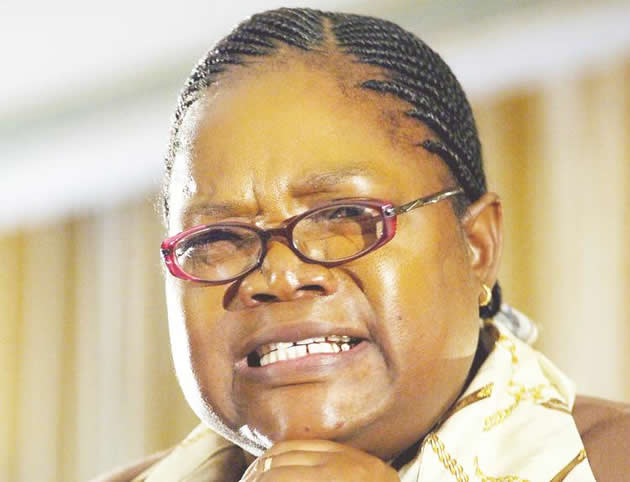ZAS drafts production field guide
Business Reporter
THE Zimbabwe Agricultural Society (ZAS) has drafted a Commercial Maize Production Field Guide and handed over 5 000 copies of the handbook to Government for use by extension officers.
In his acknowledgement of the work, Deputy Minister of Lands, Agriculture and Rural Resettlement Davies Marapira said the successful implementation of Command Agriculture has resulted in Zimbabwe attaining food self-sustenance with a number of lessons drawn from its experience.
Among the key lessons is the centrality of capacitating extension workers with a number of tools particularly information to enable them to carry out their mandate to farmers.
“Having recognised this, as Government we are happy that ZAS found it prudent to engage its partners Seedco and Artfarm, renowned experts in maize productivity, to put together a guide for farmers on commercial maize production,” he said.
Armed with the new guide, the Deputy Minister said extension workers would now be able to carry out some of their duties that include: transforming subsistence agriculture to semi-commercial and commercial, agricultural information dissemination, farmer training, provision of advisory and extension services and dissemination of agricultural and market related information.
“The guide published by the Zimbabwe Agricultural Society and authored by John Basera and Langton Mutemeri, aims to provide information that will lead to the attainment of at least five tonnes per hectare of maize,” said Marapira.
“It has become poignantly manifold that grower training and capacitation issues always, invariably, arise and are at the core of challenges faced in agriculture.”
He said the realisation by private sectors on the need to support national development was commendable. By working with Government, particularly under the new dispensation, which has prioritised economics as an anchor for a more developed Zimbabwe, “we unlock incomes for everyone”, said the Deputy Minister.
Recently, ZAS mobilised mining and financial institutions in the country to provide funding for the revitalisation of national livestock. The programme which has now been well embraced by stakeholders across the country has now been incorporated into the Command Livestock, Wildlife and Fisheries project.
“We anticipate that in a year’s time we will have 10 000 bull and 10 000 heifers. ZAS has seen it necessary to support Government efforts to revive agriculture, is an eloquent statement to the success of the organisation’s repositioning of its mandate in its amended constitution of promoting agriculture and its supporting activities, and to facilitate agriculture development in Zimbabwe,” said Marapira.










Comments